
Completed: July 2024
Aboriginal and Torres Strait Islander children have a high rate of ongoing ear problems, known as persistent otitis media (pOM), which can cause a mild to moderate hearing loss. These ear problems often start within the first few months of life and can affect a child’s listening and communication skills development.
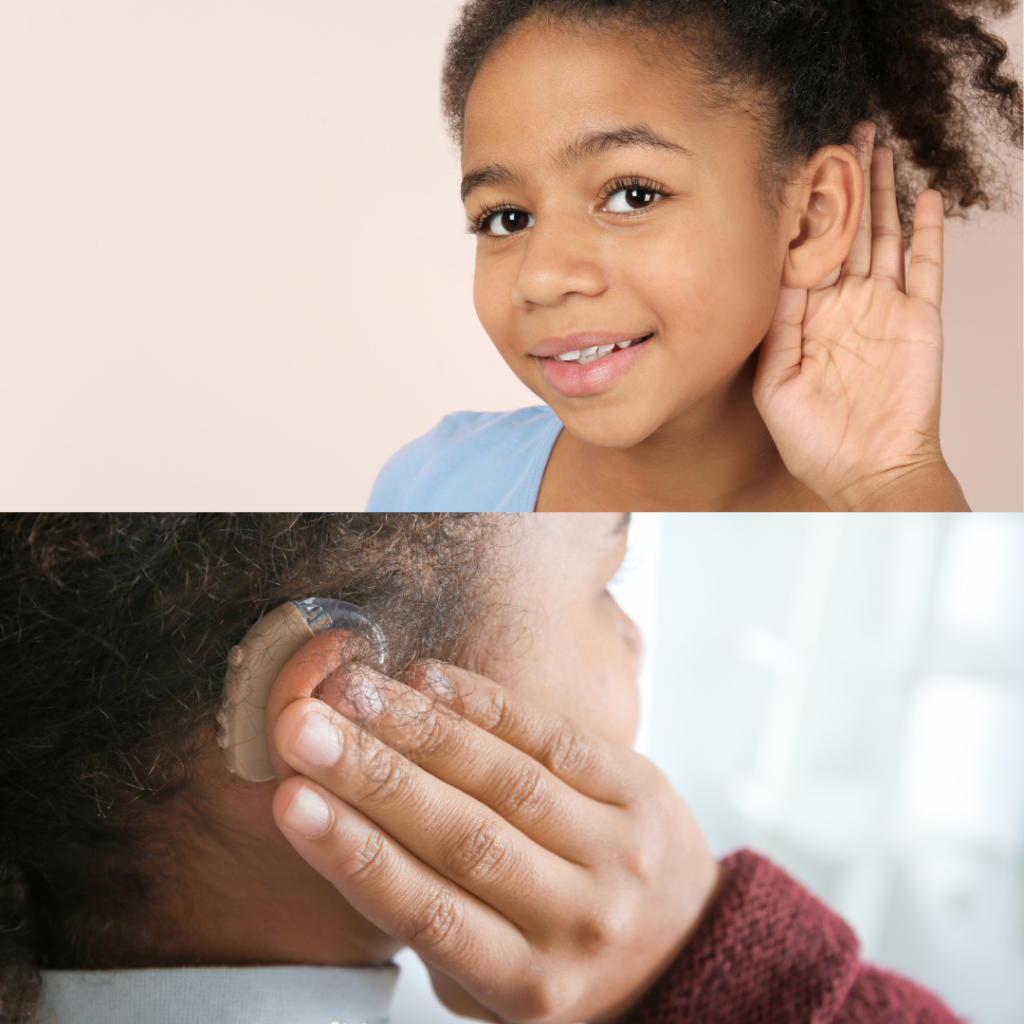
Completed: July 2024
Ear infection among Aboriginal and Torres Strait Islander children has been a concern for families, communities, and health and education workers for decades. Around 4-11% of young Aboriginal and Torres Strait Islander children will develop longer-term infection and hearing loss that can affect their wellbeing and development, including their listening skills. However, it is difficult to know for any health practitioners which children with ear infection will develop a longer term ear and hearing problem.

Completed: July 2024
Mild hearing loss is the most common degree of hearing loss, affecting 3-4 out of every 1,000 Australian children aged 0-9. Even mild hearing loss leads to significant challenges in understanding speech in noisy environments commonly found in learning environments like classrooms. However, the benefit of using one or two hearing aids for speech understanding in noise, especially when the locations of speech and noise vary, remains unknown.

Completed: May 2024
The Client Oriented Scale of Improvement (COSI) was originally developed by NAL in 1997 as a way to measure hearing aid benefit and satisfaction in a clinical setting. The COSI enables clinicians to work with their client to develop ‘SMART’ goals – goals that are Specific to the client, Measurable, Attainable, Realistic and to be completed in a set Time. These goals are then revisited at subsequent appointments for review until they are ‘achieved’. In this way, the COSI is set apart from other measures of benefit and satisfaction, as the client chooses their own metrics based on the listening situations that are important to them, allowing for a more personal and client-centred approach.

Completed: April 2024
Less than 10% of adults who can benefit from a cochlear implant get one. This project aims to help more adults have the opportunity to learn about and explore CIs as a routine part of their ongoing hearing care – allowing them to make informed decisions about their options

Completed: February 2024
This study explores the effectiveness of different listening set-ups for online video conferencing to increase speech understanding and reduce listening effort.

Completed: February 2024
This project aimed to assess the suitability and benefits of a remote research platform for conducting hearing research.

Completed: February 2024
This project aims to develop an AI based method for speech assessments in children, to deliver faster and more consistent results while maintaining human-level reliability.

Completed: February 2024
This project delves into the impacts of hearing loss in elderly people on loneliness and mental health.

Completed: February 2024
The goal of this project was to create a test suitable for young children that doesn’t require their active participation, to prevent a late or unreliable diagnosis
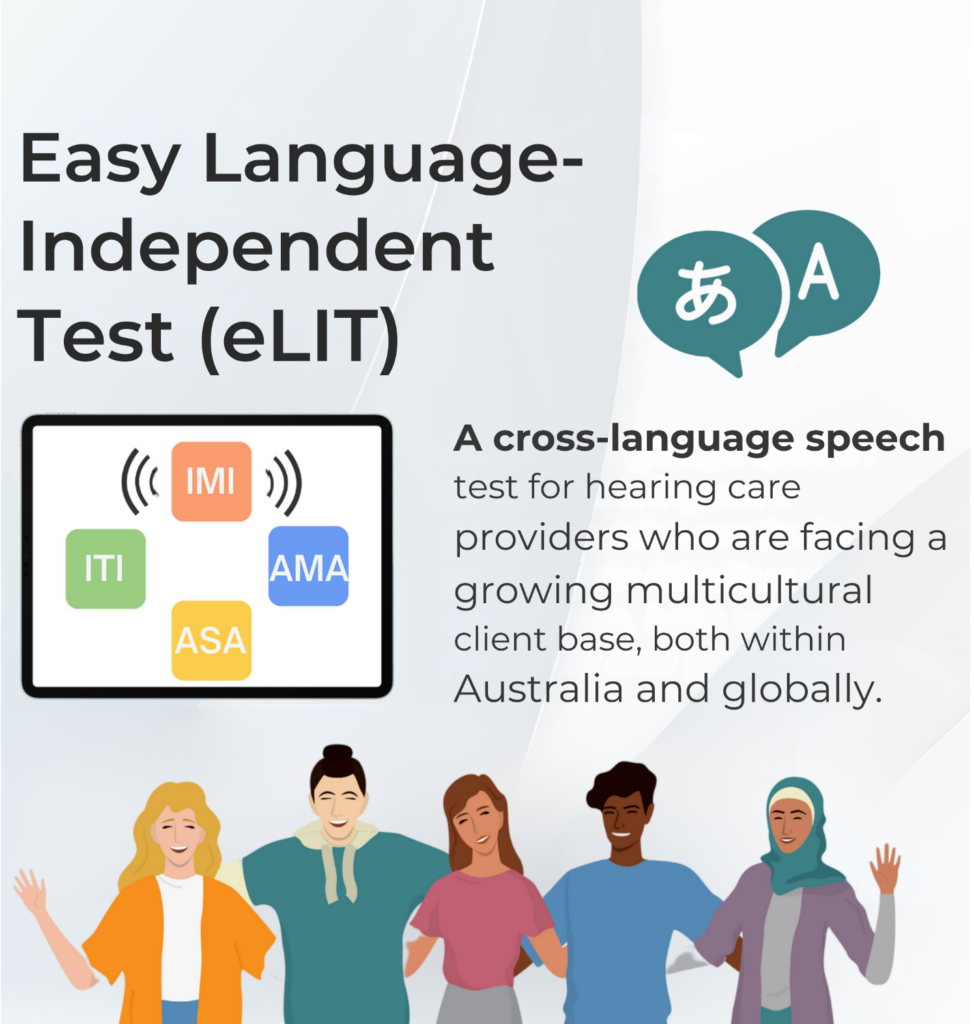
Completed: February 2024
LIT testing is not sentitive enough for normal-moderate hearing loss, thus this project aims to create new testing for moderate hearing loss, which is language independent.
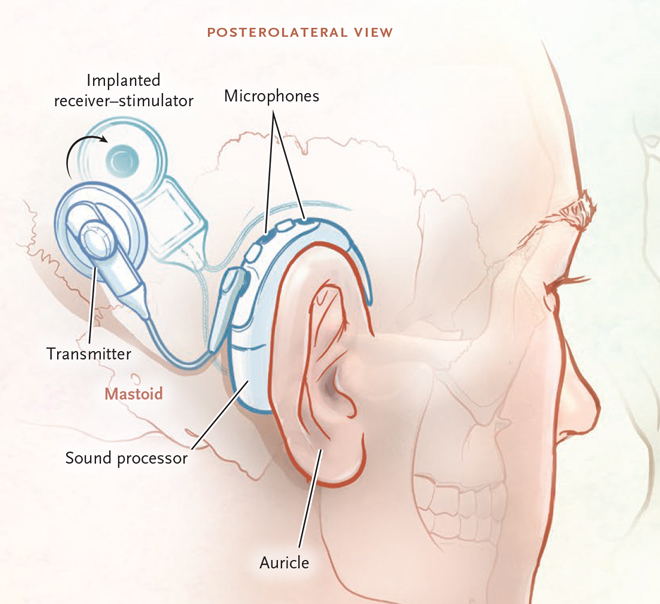
Completed: August 2023
Providing evidence for the first time that upgrading sound processors offers significant benefits for the individual and is economically sound in cases where it avoids someone losing access to sound completely, regardless of the age of the technology being replaced.
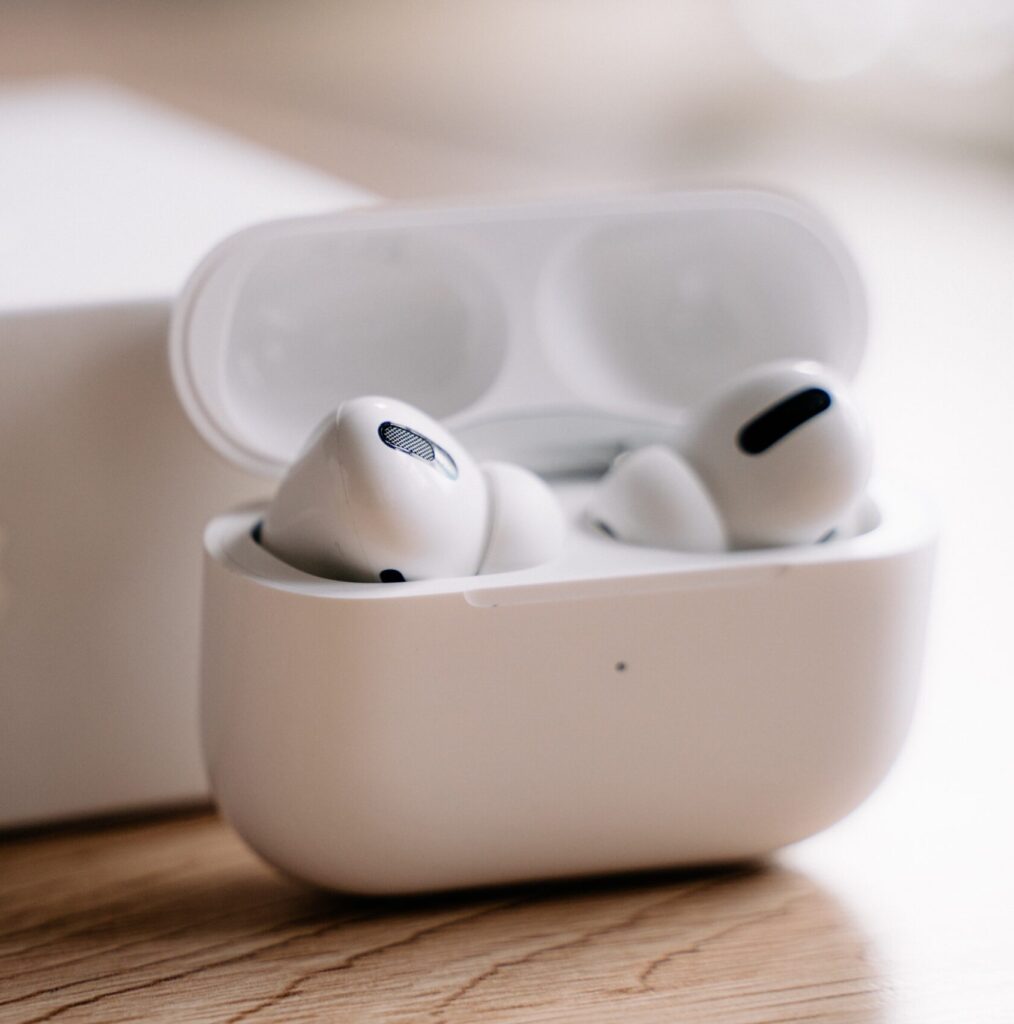
Completed: July 2023
In this study, we set out to provide objective evidence of how effective the ANC technology in the widely used AirPods Pro 2 really is, and discover what are the differences and improvements compared to the previous generation AirPods Pro.
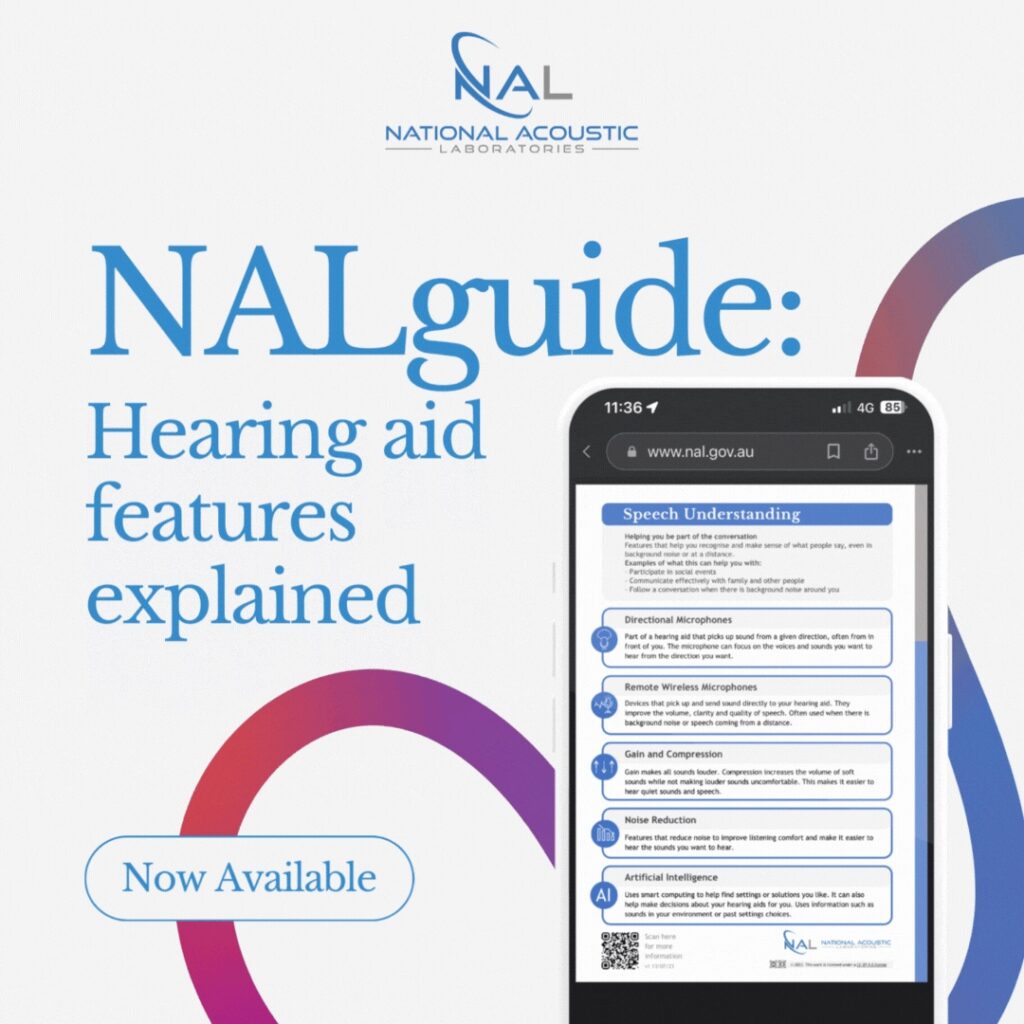
Completed: July 2023
This project created a glossary of features found in hearing aids to help consumers understand what technologies are available and which may be relevant to their hearing needs.

Completed: June 2023
Devices with M&RIE receivers were compared to devices with standard receivers in several listening conditions to replicate and validate claims made by the manufacturer.

Completed: June 2023
This study examines if children with mild bilateral hearing loss (MBHL) have more speech errors than children with normal hearing at 5 years of age
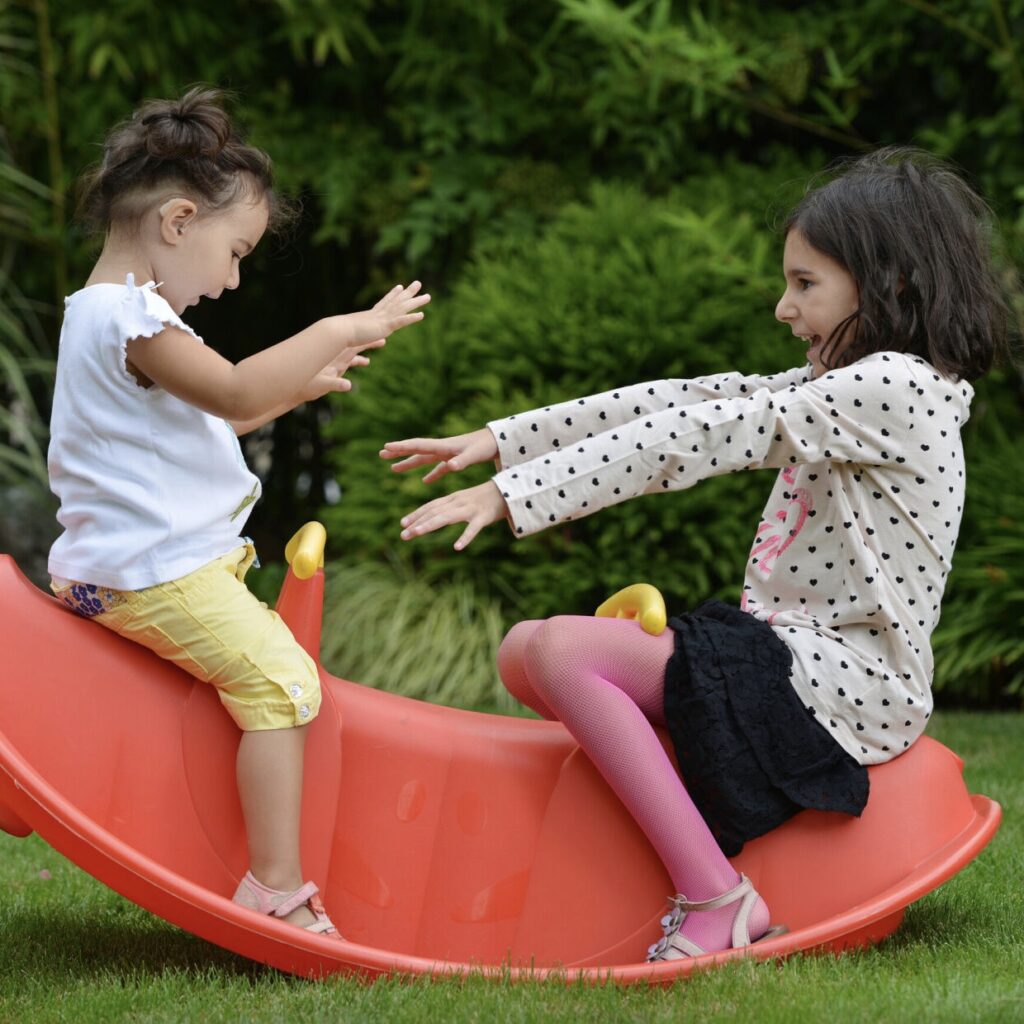
Completed: April 2023
The study aimed to understand how quickly and to what extent permanent hearing loss worsened in Australian children and what factors affected this progression.
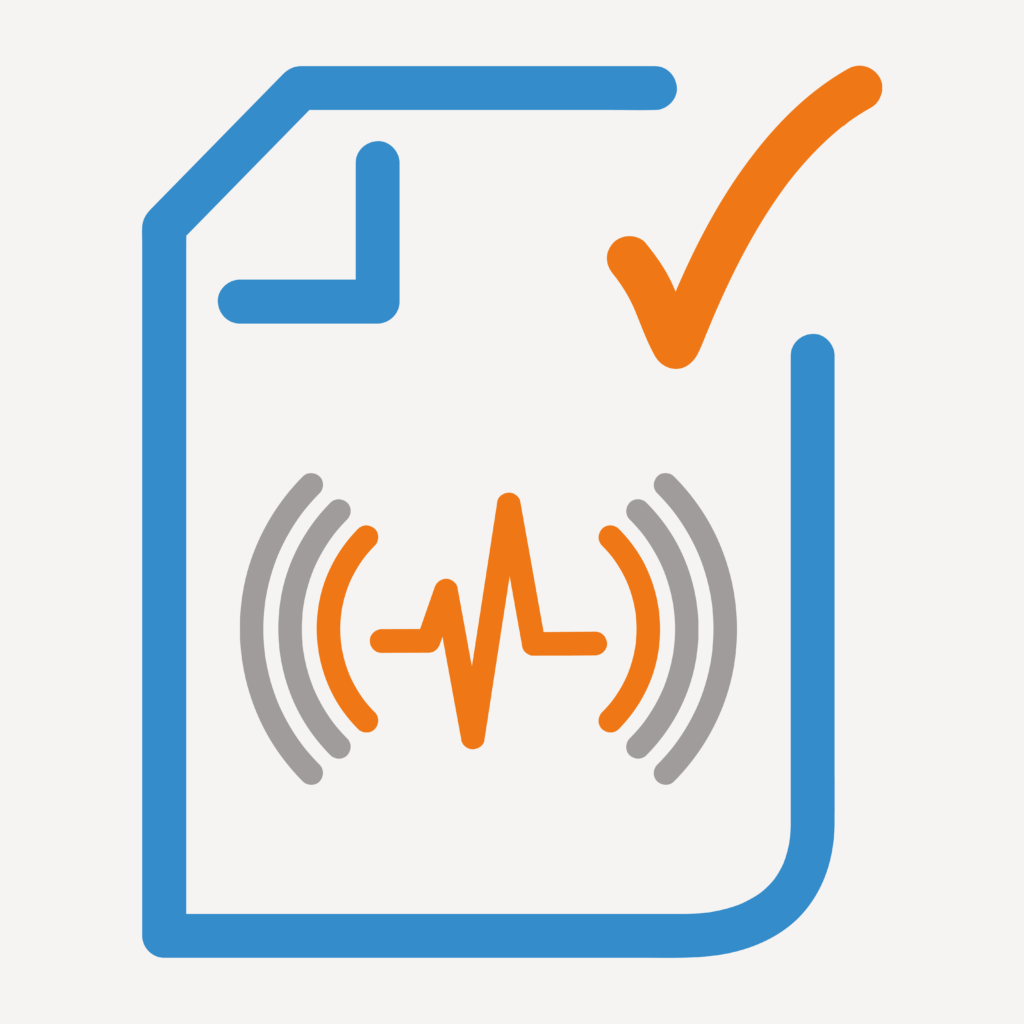
Completed: April 2023
The primary goal of this project was to enhance the NEMA app, a cutting-edge smartphone tool developed at NAL.
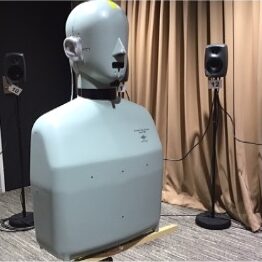
Completed: March 2023
This study had the objective of developing a proof-of-concept approach to CROS signal processing that provides a reliable cue to sound location while not significantly degrading speech understanding.
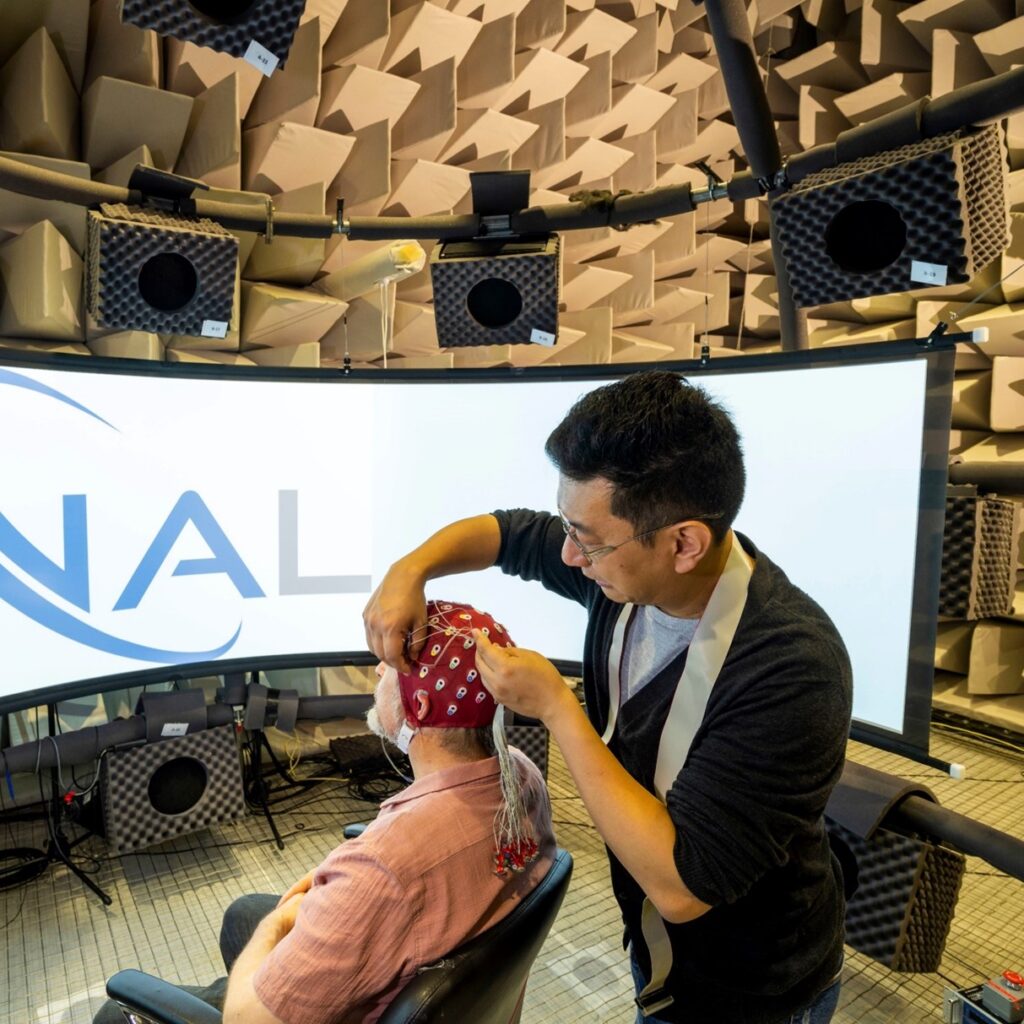
Completed: March 2023
In this work, we pioneered a method with EEG measures where speech in noise was assessed using naturally spoken English sentences, presented at different levels of background noise.

Completed: February 2023
This project aimed to identify the information sources, sociodemographic characteristics, lifestyle, and clinical history that led people to contact Hearing Australia clinics for hearing assessment.

Completed: February 2023
This study explores the factors that influence general practitioner (GP) decision making when referring their adult patients for a hearing assessment.

Completed: February 2023
The aim of the research was to gather information that can help us to define what a ‘perceived’ hearing loss is, to help make sure hearing aids are targeted towards those people who are most likely to benefit.
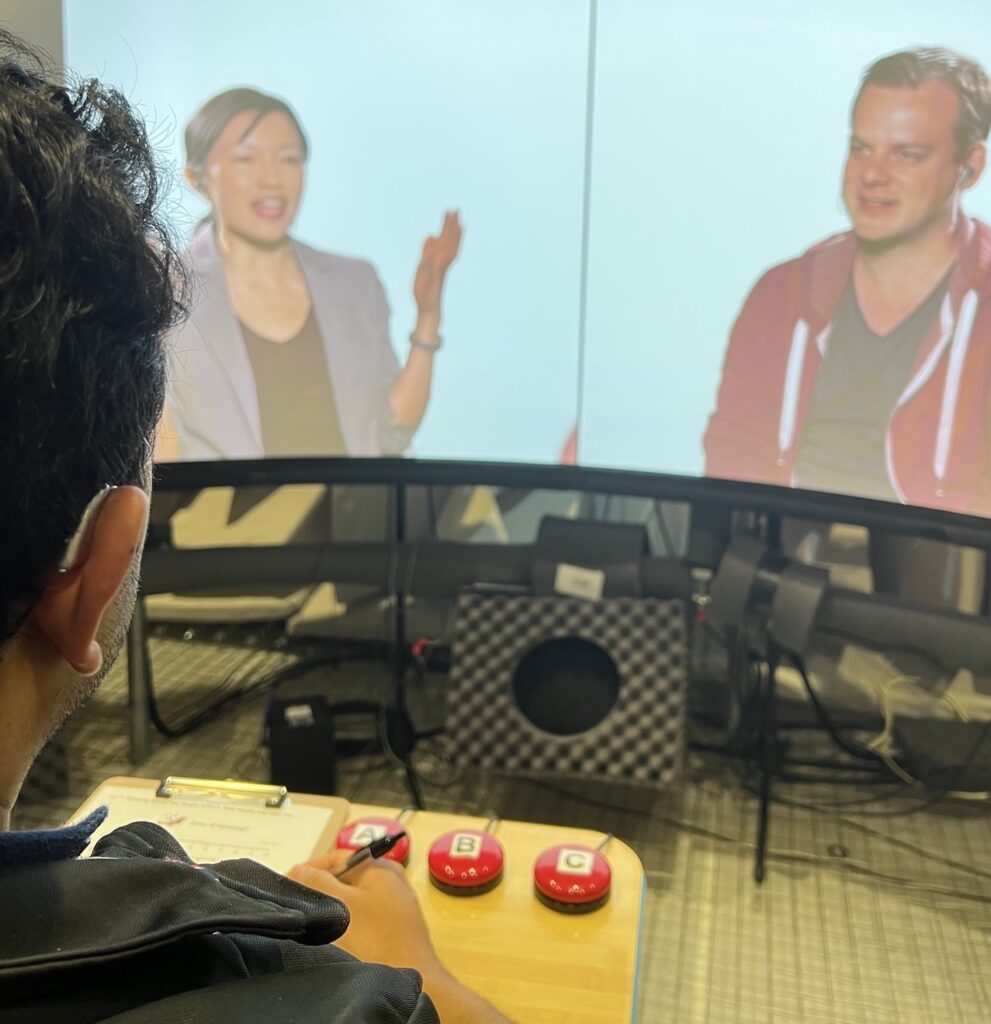
Completed: February 2023
The aim of this project was to predict when hearing aid users were most likely to prefer a directional microphone, ranging from omnidirectional to super directional, in realistic listening background noise conditions either when listening to a frontal talker or when not target talker was present.

Completed: January 2023
This project aimed to create a diagnostic tool to identify individuals who have normal or nearly normal hearing, but still struggle to hear in noise.

Completed: December 2022
The overall goal of this project was to enhance the ability of early childhood educators and primary health workers to work with parents/carers to identify Aboriginal and Torres Strait Islander children at risk of hearing loss, and communication difficulties related to otitis media (OM).

Completed: December 2022
This project investigated the factors that influence people with hearing loss to seek help, including testing the effectiveness of theoretically-driven behavioural messages in motivating them to do so
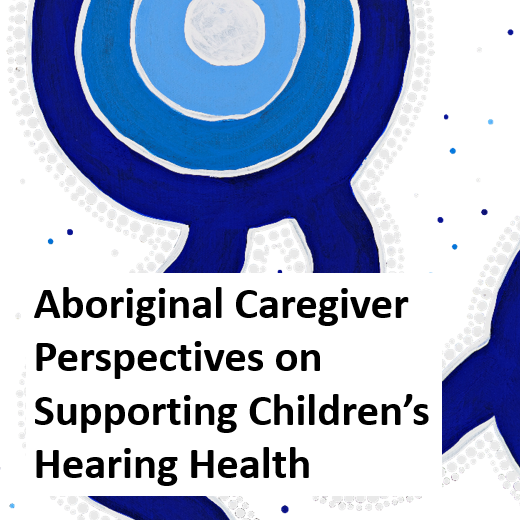
Completed: November 2022
Exploring the views and knowledge of Aboriginal and Torres Strait Islander caregivers regarding supporting hearing health and language development, the ways in which they support the language of their children and exploring thier views towards audiological and speech pathology services.

Completed: November 2022
Improving the functionality and usability of a smartphone app, called NEMA (NAL Ecological Momentary Assessment) used in many NAL research studies to better understand the feelings, experiences, and hearing difficulties of people in different real-life situations.
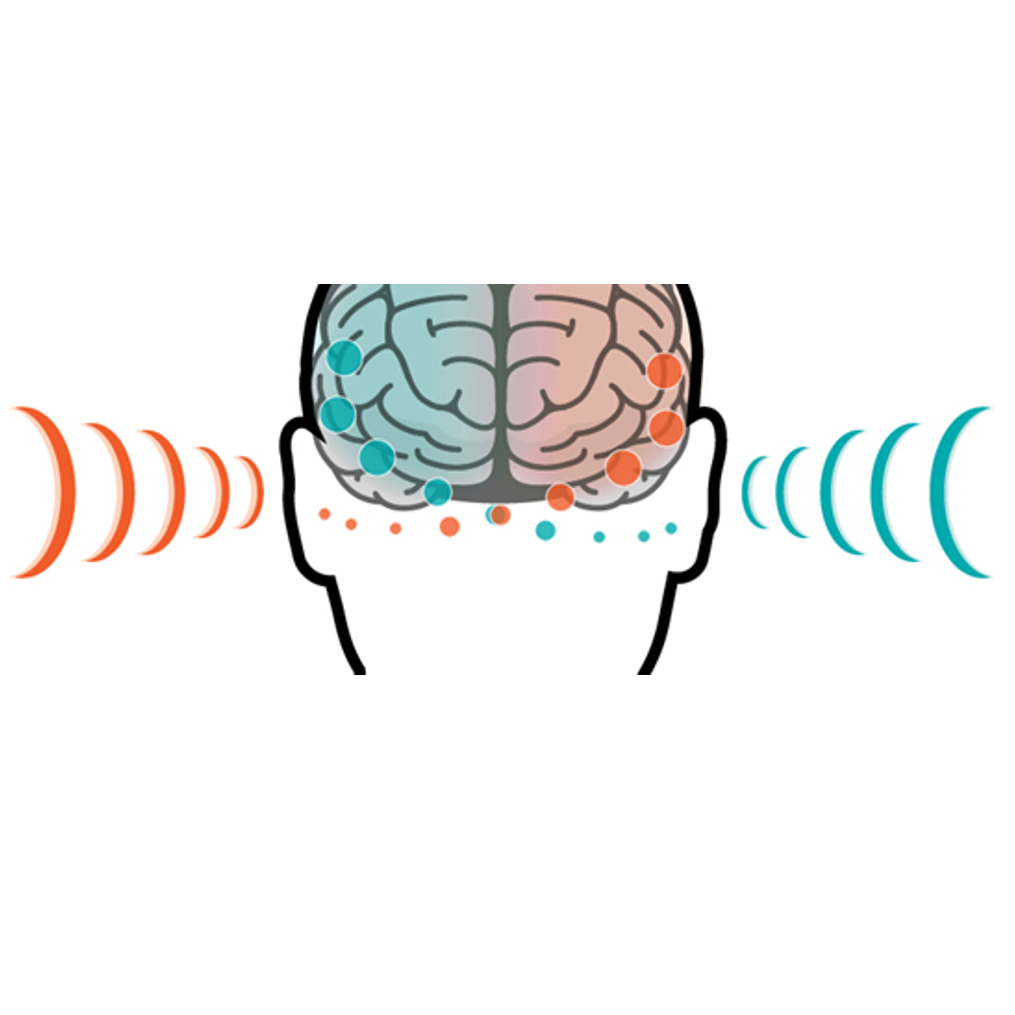
Completed: November 2022
Designing and demonstrating the feasibility of three novel tests based on auditory evoked potentials (AEPs) – signals recorded from the brain that are associated with the activity of the neurons in response to sounds.
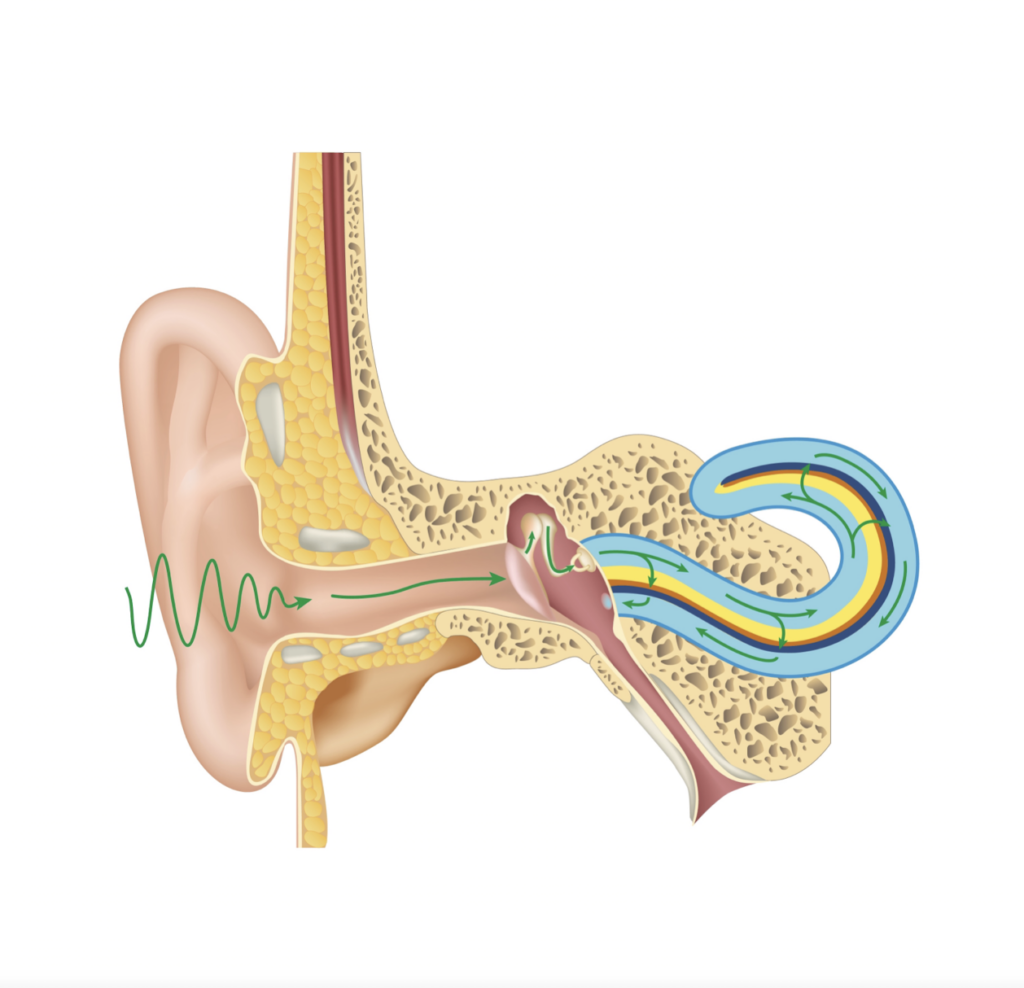
Completed: October 2022
In this project, we used machine learning to improve the speed at which our rapid biological signal test can function.

Completed: September 2022
This study aimed to identify the behavioural enablers and barriers for use of telehealth for clinical follow up appointments.

Completed: September 2022
Assessing the role of the My Hearing Explained tool in facilitating discussions between people with hearing loss (PHL) and their chosen communication partners (CP) regarding the hearing loss of the PHL and its consequences, with the goal to improve the CP’s understanding of the PHL’s hearing difficulties.

Completed: August 2022
How well can people with hearing loss understand speech on different videoconferencing technologies and how well do different hearing technologies improve that experience?
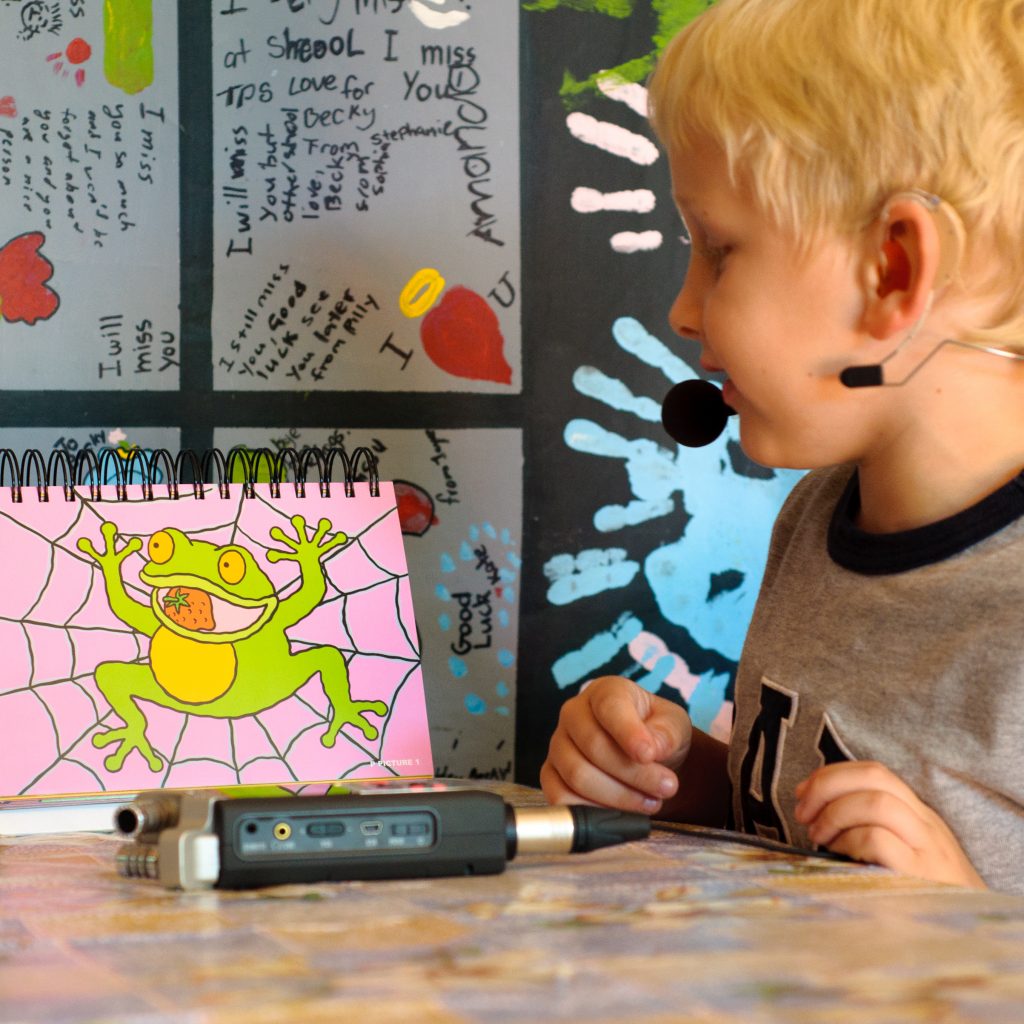
Completed: May 2022
To devise a clinical method for assessing discrimination of speech sounds in infants and young children; to relate early auditory detection and discrimination abilities to functional listening and language development.

Completed: April 2022
Investigate to what extent AirPods Pro improve the hearing experience of people with normal audiograms but speech-in-noise hearing difficulties, and whether the target population would continue using this technology in similar situations in the future

Completed: December 2021
Using a variety of methods to develop a new way of deciding who is most likely to benefit from hearing aids.

Completed: December 2021
The project will undertake a systematic review of relevant research to summarise the available evidence and identify gaps in the evidence on programs to detect hearing loss beyond UNHS.

Completed: October 2021
Determine enablers and barriers to the adoption of the PLUM and HATS tools, co-design strategies and provide training for caregivers.
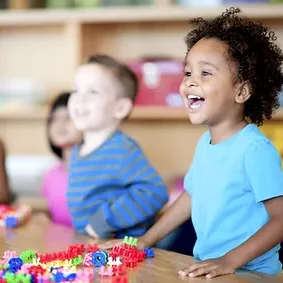
Completed: June 2021
Investigating the effectiveness of early intervention on developmental outcomes of children with congenital unilateral hearing loss.

Completed: March 2021
Investigating the feasibility of conducting a randomised controlled trial of hearing device fitting to compare the outcomes of children who are provided with early fitting of hearing devices to those who are not provided with hearing devices.

Phase 3 completed: November 2020
A population-based longitudinal study that prospectively evaluates the development of children with hearing loss.

